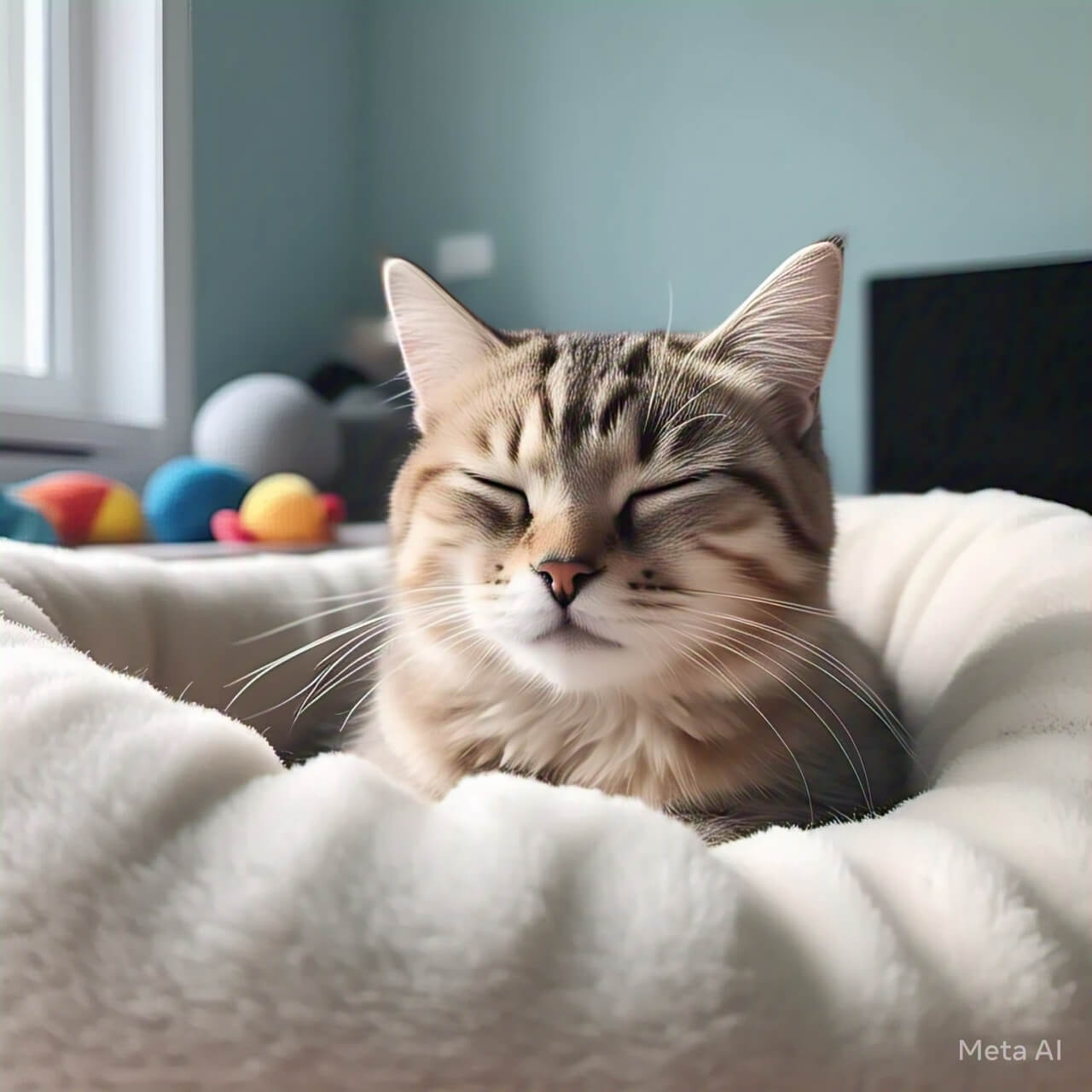How to Recognize Signs of Illness in Cats. Cats are good at hiding when they are sick, so it’s important to watch for small changes in their behavior or health. If your cat stops eating, drinks too much or too little water, sleeps more than usual, or seems less active, these could be signs of illness. Other warning signs include vomiting, diarrhea, coughing, sneezing, or changes in their coat (like bald patches or excessive shedding).
Pay attention to their litter box habits—straining to pee, blood in urine, or not using the litter box can mean a serious problem. Also, check their eyes, nose, and ears for discharge, swelling, or redness. If your cat seems more irritable, hides a lot, or avoids being touched, it might be in pain. Early detection helps in treating illnesses before they get worse. Always take your cat to the vet if you notice anything unusual, as waiting too long can make the problem harder to treat.

10 Easy Tips to Spot Illness in Cats
- Watch for changes in appetite.
- Check water intake (too much or too little).
- Notice unusual vomiting or diarrhea.
- Look for weight loss or gain.
- Monitor litter box habits.
- Observe energy levels (too lazy or restless).
- Check eyes, nose, and ears for discharge.
- Watch for coughing or sneezing.
- Feel for lumps or swelling.
- Notice behavior changes (hiding, aggression).
1. Changes in Eating Habits
If your cat stops eating or eats much less than usual, it could mean dental pain, stomach issues, or a serious illness. On the other hand, if your cat is always hungry but losing weight, it might have diabetes or thyroid problems. Sudden changes in appetite should never be ignored. Offer different foods to see if they eat, but if the problem continues for more than a day, visit the vet.
2. Drinking Too Much or Too Little Water
Cats usually don’t drink a lot of water, so excessive drinking can signal kidney disease or diabetes. If your cat isn’t drinking at all, it could lead to dehydration, which is dangerous. Check their water bowl daily and see if their drinking habits change.
3. Vomiting and Diarrhea
Occasional vomiting (like hairballs) is normal, but frequent vomiting or diarrhea can mean infections, poisoning, or digestive problems. If you see blood or your cat vomits multiple times in a day, seek vet help immediately.
4. Weight Changes
Sudden weight loss or gain without diet changes is a red flag. Weight loss can mean parasites, diabetes, or cancer, while weight gain might indicate hormonal issues. Weigh your cat regularly to track changes.
5. Litter Box Problems
Straining to pee, blood in urine, or not using the litter box can mean a urinary tract infection or blockage (which is life-threatening for male cats). Diarrhea or constipation also needs attention.
6. Low Energy or Restlessness
If your cat sleeps all day or seems weak, it may be sick. On the other hand, constant restlessness or pacing can mean pain or anxiety. Compare their activity to their normal behavior.
7. Discharge from Eyes, Nose, or Ears
Watery eyes, thick discharge, or crusty buildup can mean infections or allergies. Sneezing with nasal discharge may indicate a cold or respiratory infection. Ear discharge could signal ear mites or infections.
8. Coughing or Sneezing
Occasional sneezing is fine, but constant coughing or sneezing may mean asthma, allergies, or infections. If breathing seems labored, see a vet right away.
9. Lumps, Swelling, or Skin Problems
Check for lumps, sores, or bald spots, which could mean infections, allergies, or tumors. Excessive scratching or licking one area may also indicate skin issues.
10. Behavior Changes
A usually friendly cat becoming aggressive or a social cat hiding all the time could mean pain or stress. Sudden mood changes often signal health problems.

5 FAQs About Cat Illness Signs
| Question | Answer |
|---|---|
| How can I tell if my cat is in pain? | Look for hiding, aggression, less movement, or excessive grooming in one spot. |
| Is vomiting normal for cats? | Occasional vomiting (like hairballs) is okay, but frequent vomiting needs a vet check. |
| Why is my cat drinking so much water? | Excessive thirst can mean kidney disease, diabetes, or thyroid issues. |
| What if my cat stops using the litter box? | It may have a urinary infection or stress—consult a vet. |
| When should I take my cat to the vet? | If symptoms last more than a day or seem severe, go immediately. |
By watching for these signs, you can catch illnesses early and keep your cat healthy. Always consult a vet if you’re unsure.









